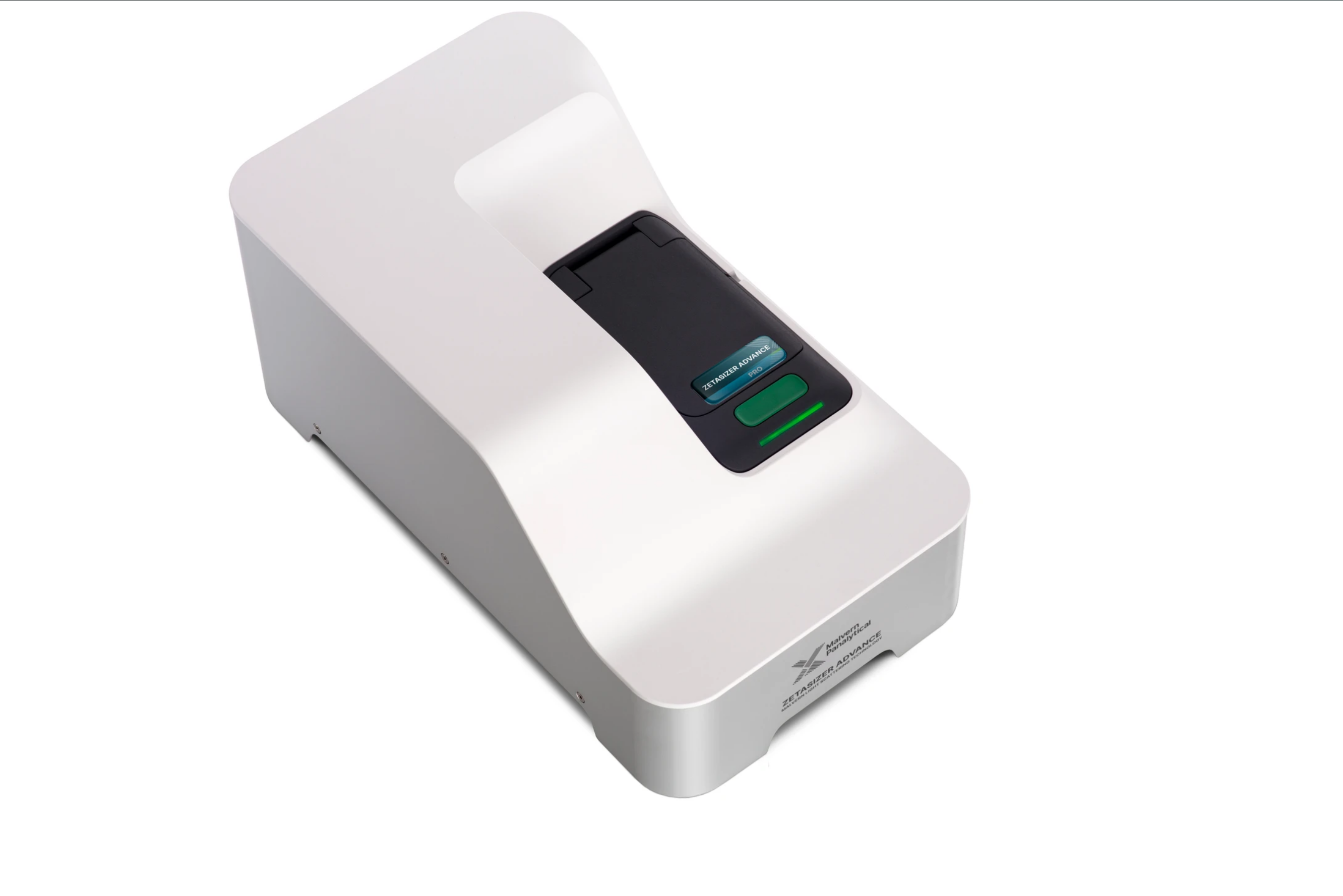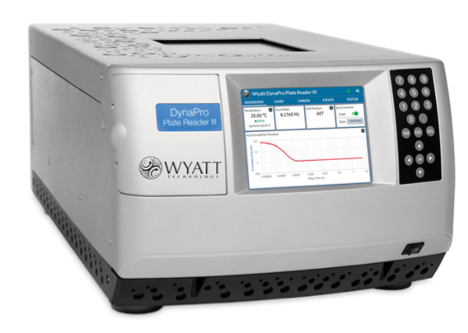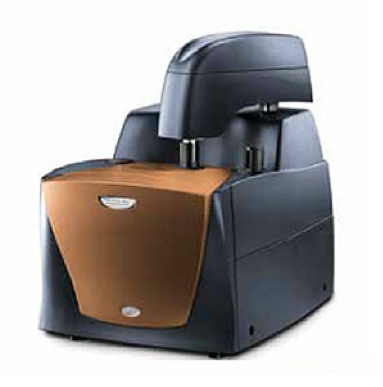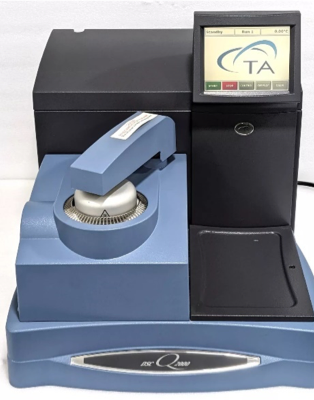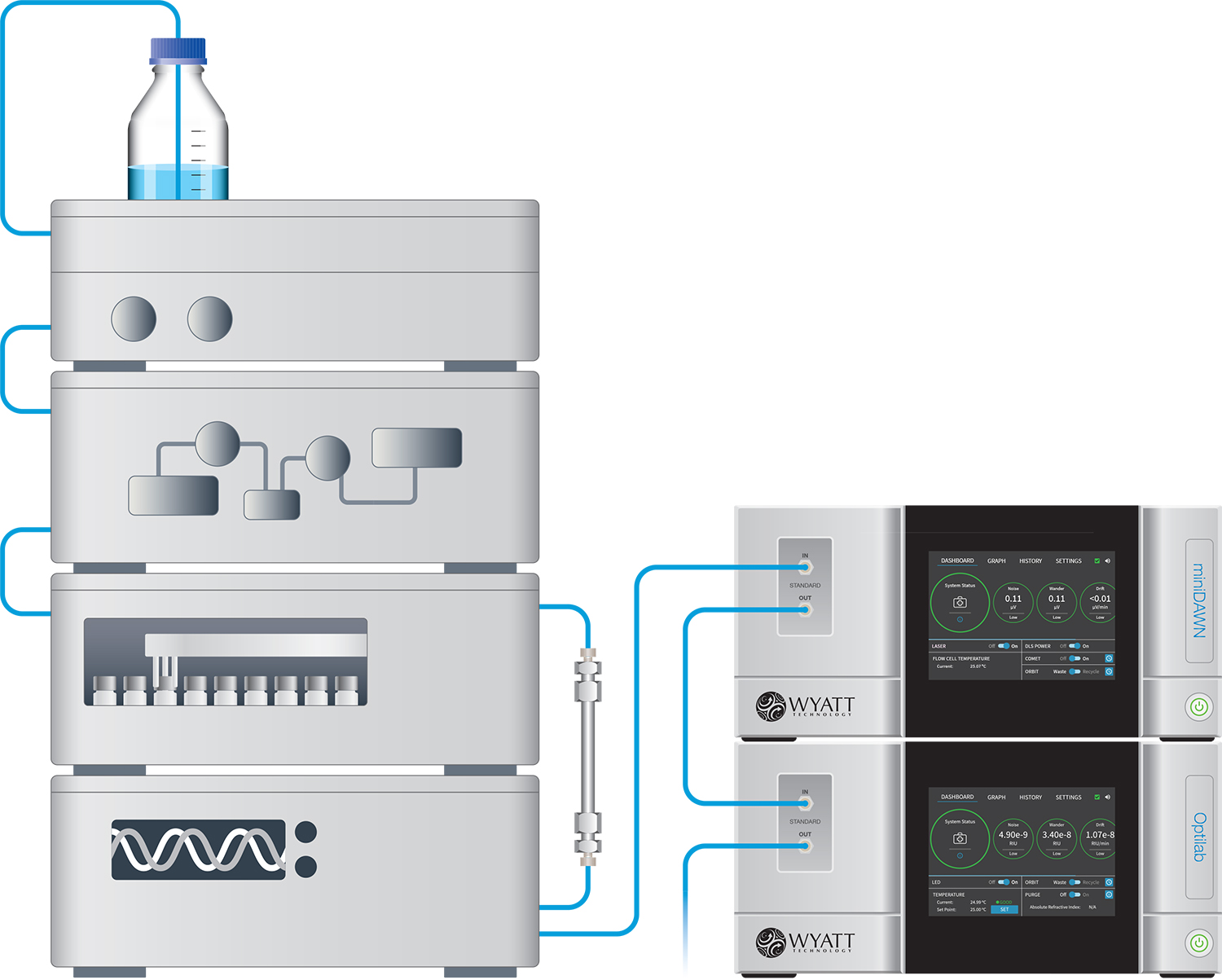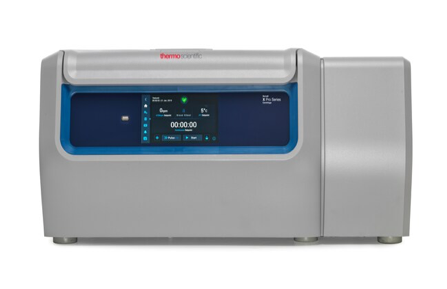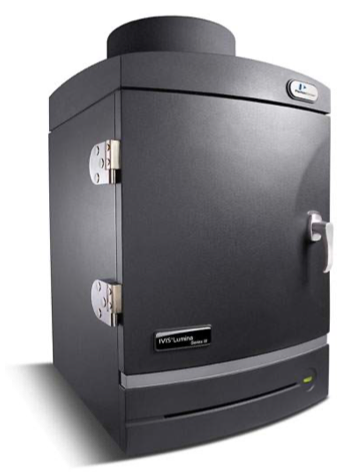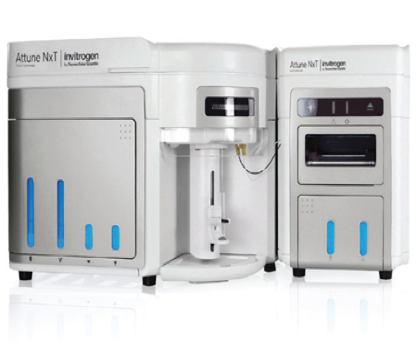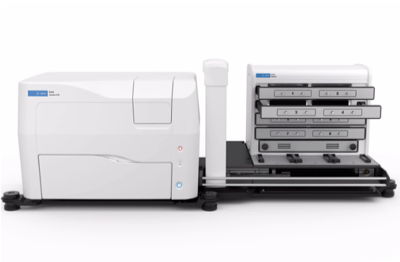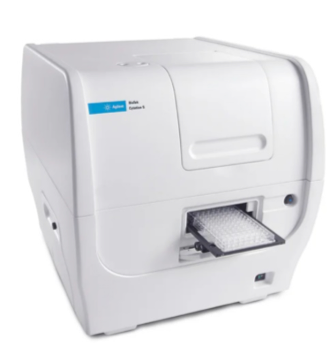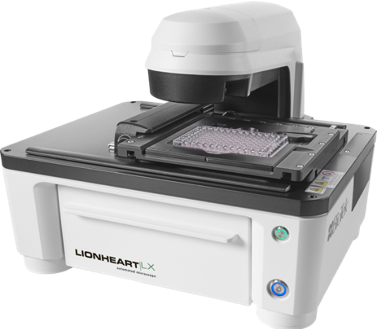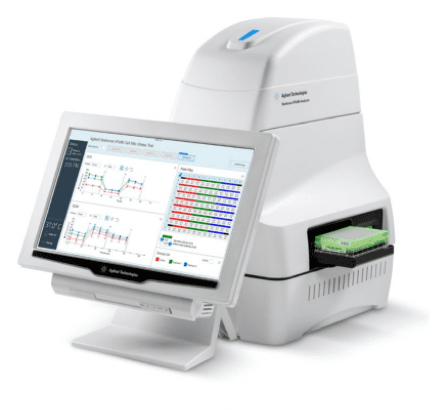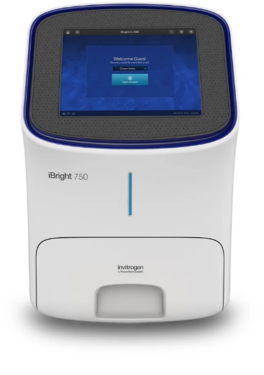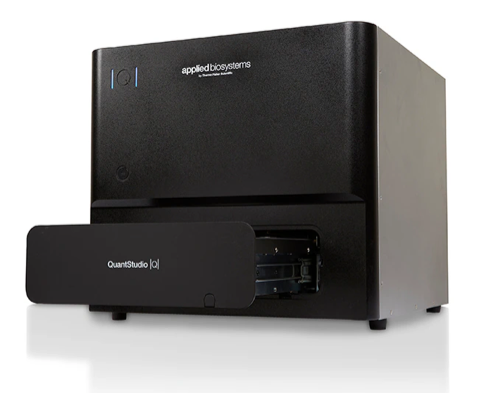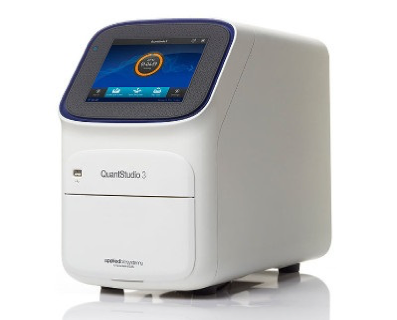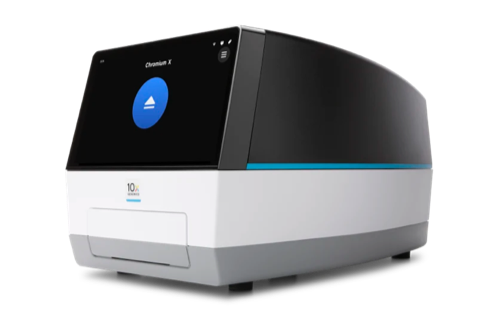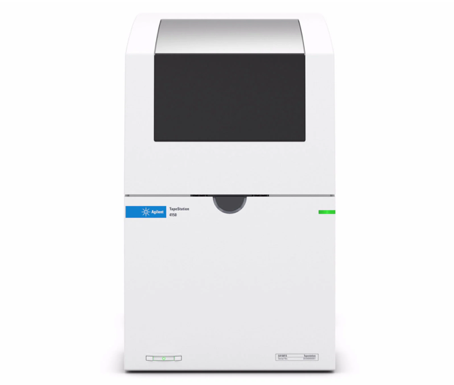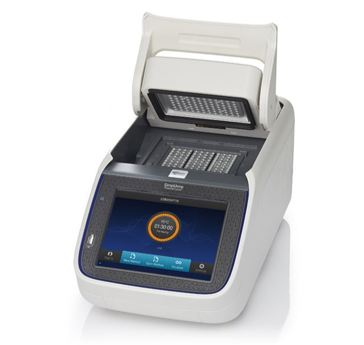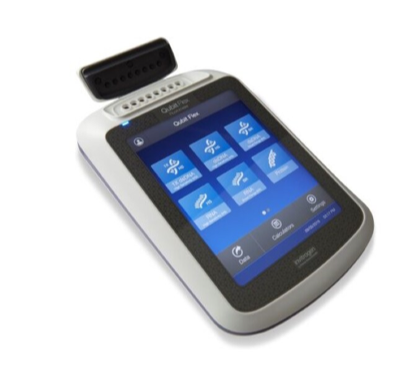The Center for Nano-Bio Interactions (CNBI) at the University of Mississippi is a thriving center for pioneering advancements in biomaterials and nanobiotechnology research. CNBI's two core suites offer cutting-edge capabilities in materials characterization and biological analysis. The Biomaterials Characterization Suite is outfitted with a range of instruments for soft matter characterization, including thermal light scattering, and mechanical analysis. The Biomolecular Analysis Suite offers capabilities ranging from traditional molecular biology (PCR, SDS-PAGE, Gel Imaging, etc.) to high-resolution biomolecular techniques such as flow cytometry, flow-assisted cell sorting, confocal microscopy, and single cell analysis. Available through the Biomolecular Analysis Suite are also IVIS imaging and a Seahorse for metabolic analysis. With a commitment to cultivate a culture of inclusivity, knowledge sharing, providing training and support, the core extends its resources to a diverse range of individuals, spanning from faculty to ambitious undergraduate researchers alike, throughout their scientific journey. The CNBI cores serve as a catalyst for interdisciplinary collaboration, technological innovation, and scientific excellence, paving the way for a brighter future in biomedical research in the state of Mississippi and beyond.
Request Access to a CNBI Instrument

